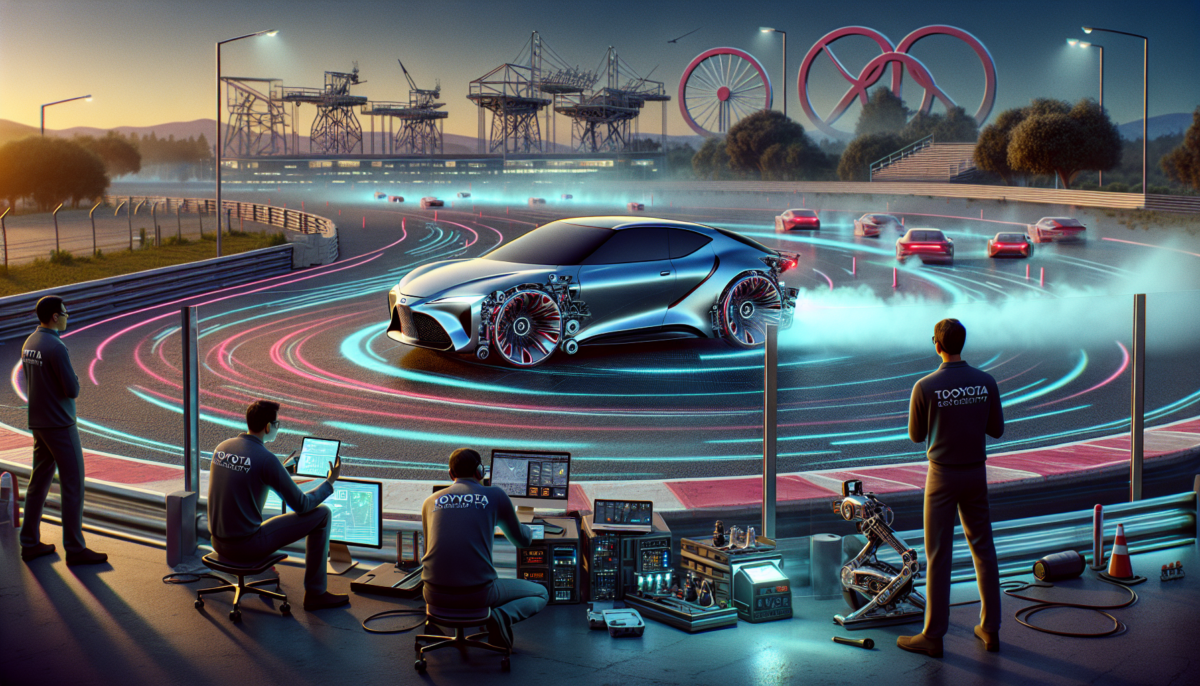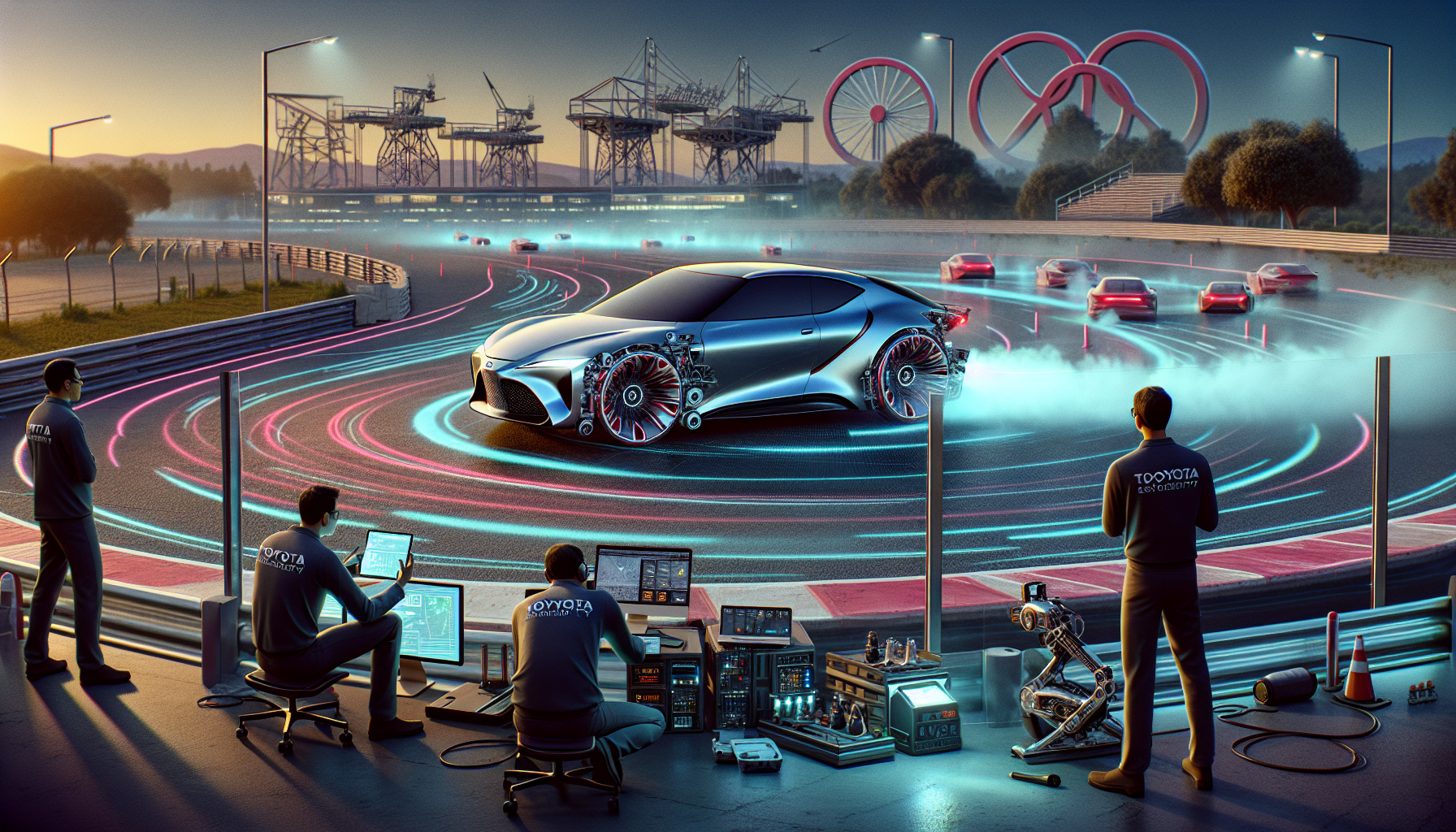Toyota Partners with Stanford to Create Self-Driving Drift Vehicles
We independently review everything we recommend. When you buy through our links, we may earn a commission which is paid directly to our Australia-based writers, editors, and support staff. Thank you for your support!

Toyota and Stanford’s Revolutionary Autonomous Drift Car Partnership
Quick Overview
- Toyota Research Institute and Stanford Engineering realized the first-ever fully autonomous tandem drift.
- The demonstration occurred at Thunderhill Raceway in California.
- Both lead and following vehicles were equipped with AI-powered autonomous technology.
- The objective is to enhance AI’s capacity for vehicle safety and control.
- Researchers implemented neural networks for vehicle simulation.
- This technology could be adapted for urban driving situations.
First-ever Fully Autonomous Tandem Drift
This week, Stanford Engineering alongside the Toyota Research Institute unveiled a groundbreaking video that displays two autonomous cars drifting in parallel. This accomplishment signifies the world’s first fully autonomous tandem drift, marking a notable advancement in artificial intelligence and vehicle safety.
The Thunderhill Raceway Event
The event was held on the skid pan at Thunderhill Raceway, situated 7 miles west of Willows, California, in the Sacramento Valley. Both the leading and trailing vehicles featured cutting-edge autonomous software, enabling them to execute the drift autonomously.

AI’s Role in Controlling the Drift
The initiation and management of the drift are achieved by continuously adjusting the steering and throttle inputs, all governed by AI. The lead vehicle is tasked with path planning while the following car closely trails, navigating around the lead. This intricate maneuver highlights AI’s skills in real-time vehicle management.
Technology Insights
Trey Weber from Stanford Engineering describes their use of a neural network vehicle model, opting for data-driven learning instead of manually tuning the system. Chris Gerdes, a Mechanical Engineering Professor at Stanford University, remarks on their transition from skepticism regarding AI to acknowledging its crucial role in this success.
“We believe what we’ve accomplished here can be scaled to address larger challenges like automated driving in urban environments”
Consequences for Vehicle Safety
While drifting is typically viewed as an impressive showcase of driving prowess, the foundational technology could yield significant benefits for vehicle safety. By mastering extreme control techniques, researchers aim to bolster safety features in routine driving conditions. The integration of AI and computer vision with neural networks is already enabling autonomous navigation, making this accomplishment a substantial progression.
Conclusion
Stanford Engineering and the Toyota Research Institute have effectively showcased the world’s inaugural fully autonomous tandem drift. This groundbreaking achievement not only demonstrates AI’s potential in vehicle control but also opens avenues for improved vehicle safety in typical driving situations.
